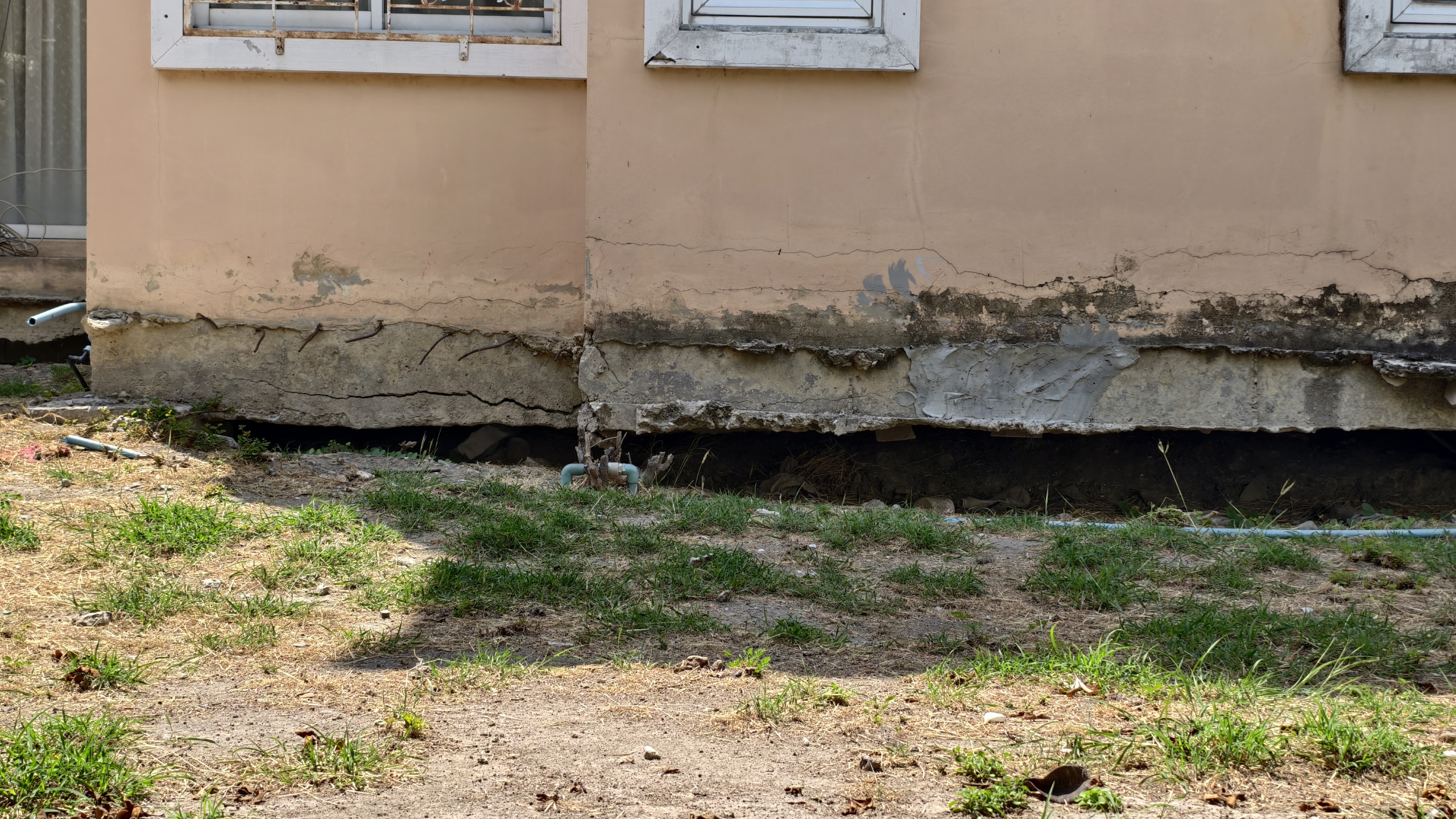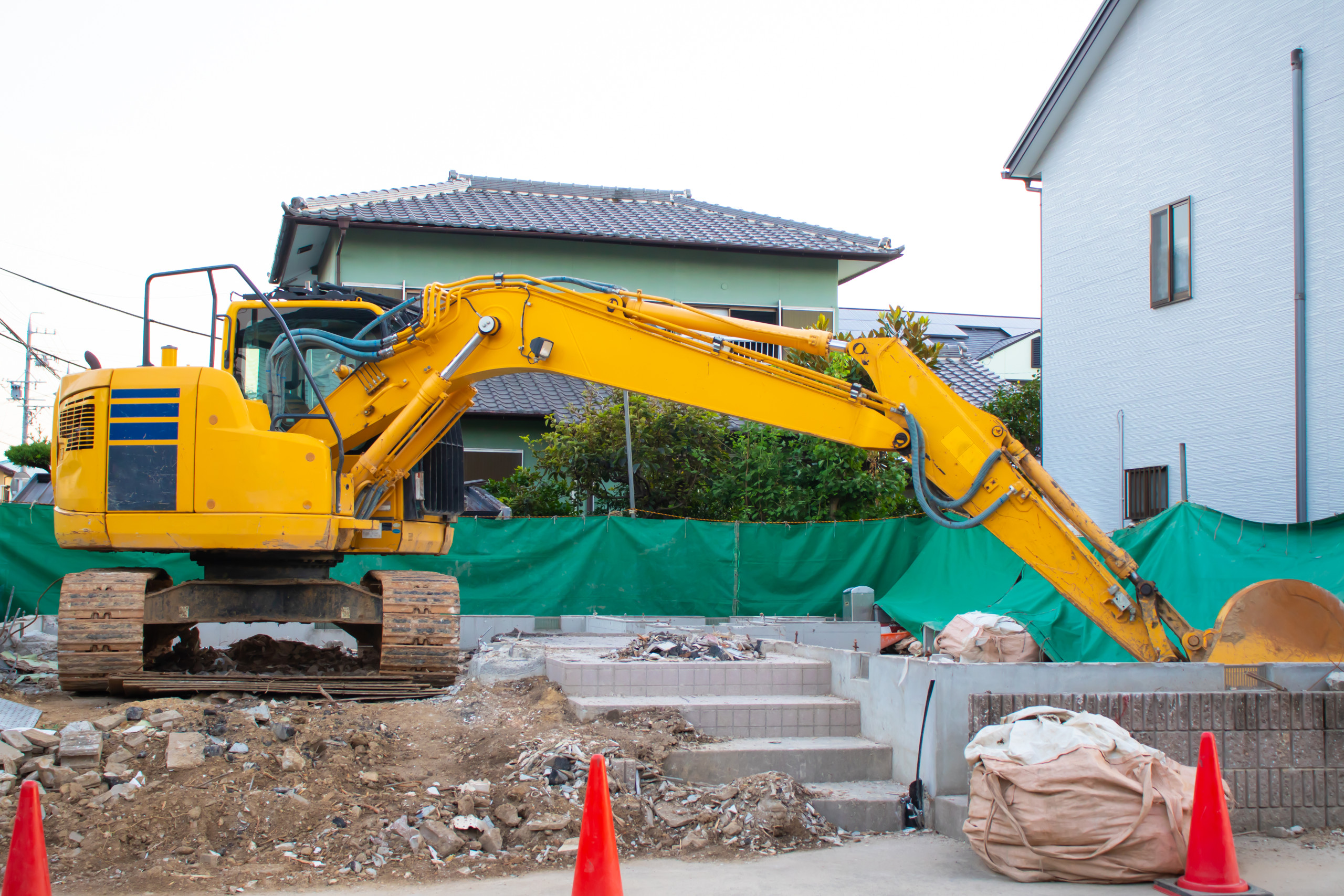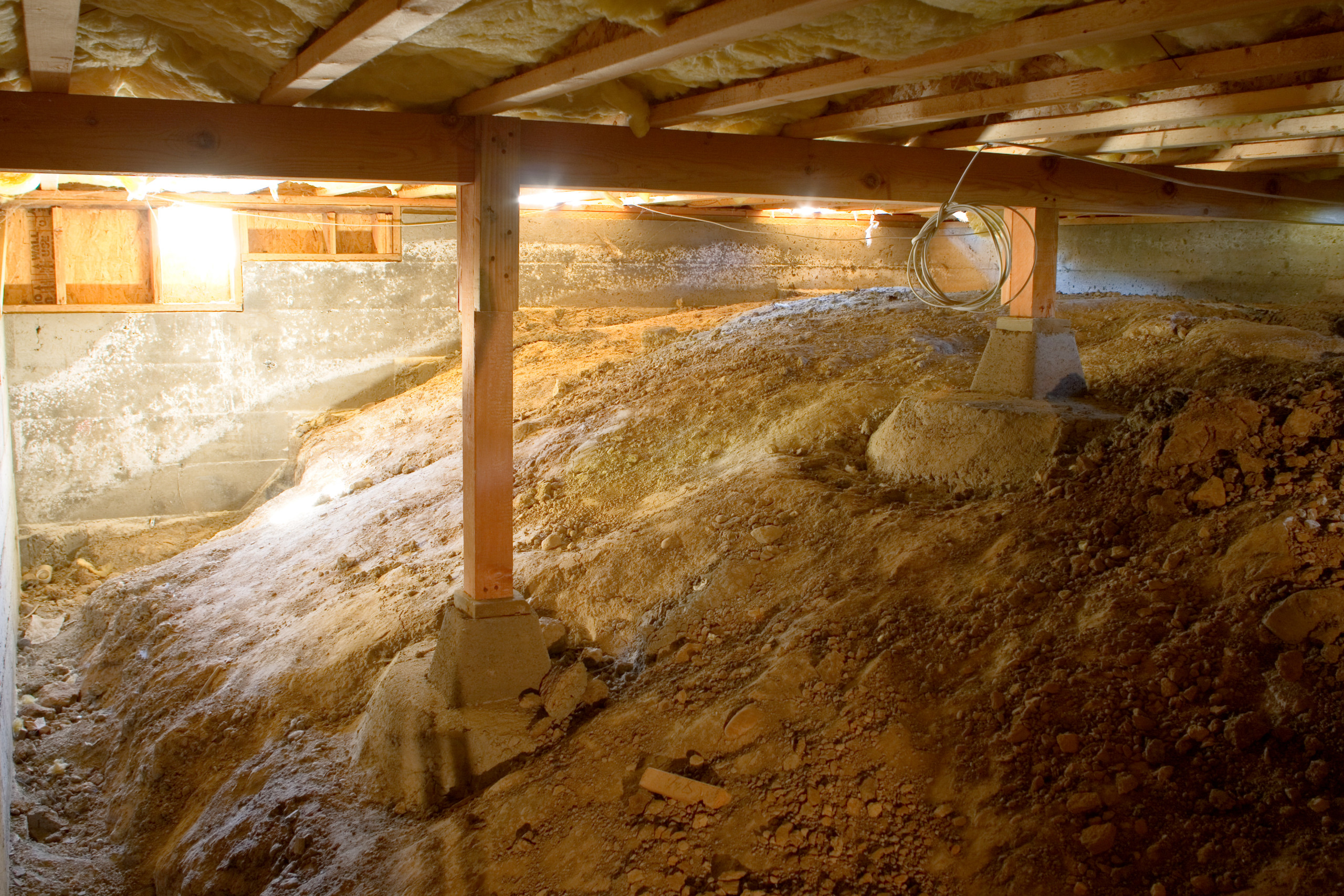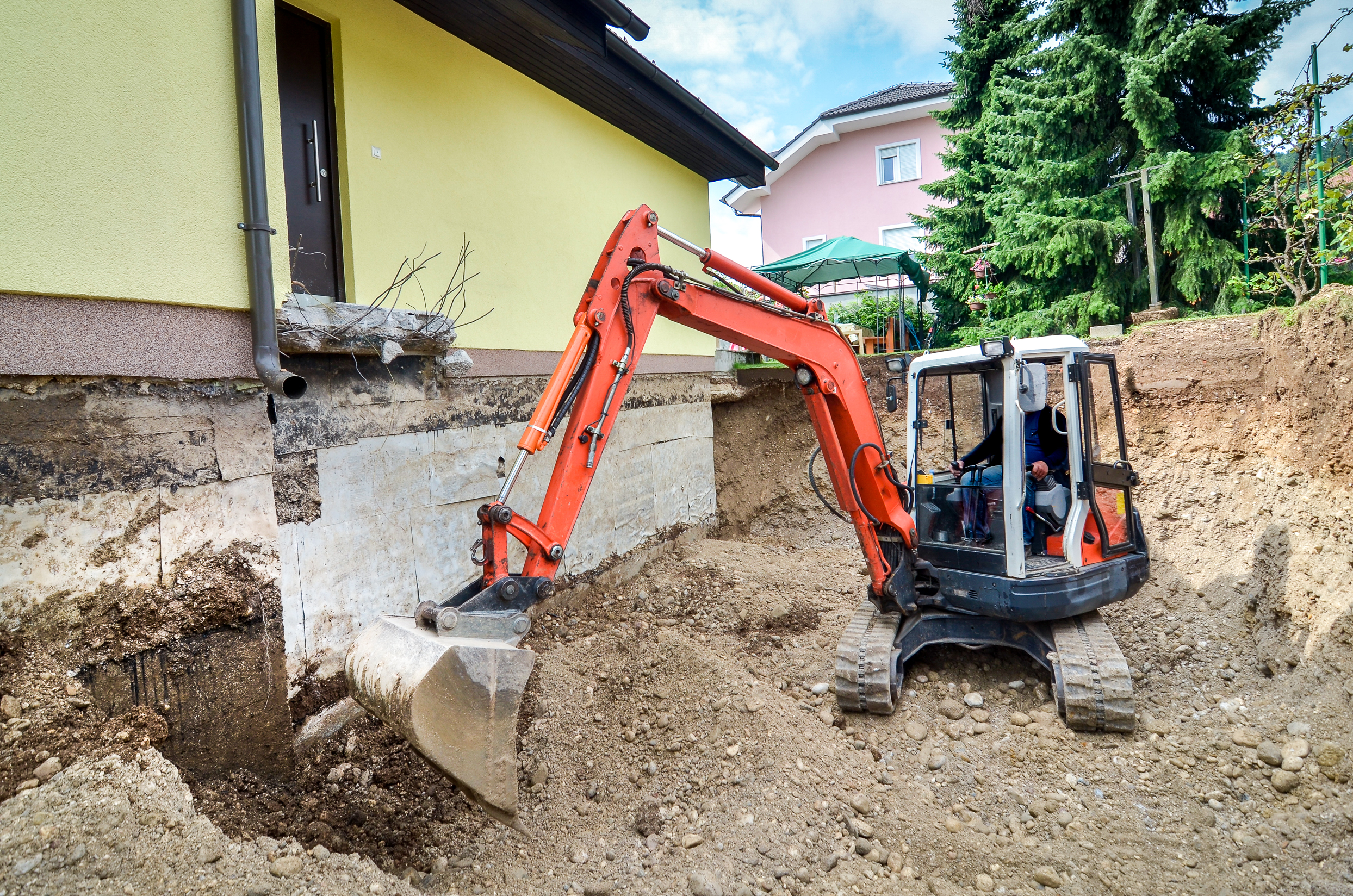by Luke Cronin
Share
by Luke Cronin
Share

Lifting a House: The Ultimate Structural Guide You Need
Ever thought about lifting your house? Whether to replace a foundation, prevent flood damage, or add a basement, the idea might seem daunting. But with the right plan, it can be smooth and stress-free. Here’s a guide to help you understand the ins and outs of lifting a house.
Introduction
Lifting a house might sound like something out of a superhuman comic, but in reality, it’s a process many homeowners consider for practical reasons. When we talk about “lifting a house,” we’re referring to the controlled elevation of a building from its original foundation, often to address issues like foundation deterioration, to prevent flood damage, or to add that coveted basement space.
Imagine finding cracks splintering through your current foundation or knowing that a bad storm might send floodwaters kissing your doorstep—or worse. Maybe you’re just tired of a cramped crawl space and long for extra room below. Whatever the motivation, lifting a house transforms what seems a herculean undertaking into an achievable project, given the right planning and expertise.
The idea is simple: raise the house, deal with what’s underneath, and bring it back down onto something better. The process involves meticulous preparation, experienced hands, and, often, a hefty budget. Still, with the right plan, what begins as a daunting challenge ends in increased peace of mind and a foundation that stands strong against the tests of time and nature.
The Basics of Lifting a House
Lifting a house might sound like a superhuman feat, but it’s really about planning, permits, and the right pros on your team. You can check out this quick guide “How To Prepare Your House To Be Lifted or Moved”
What is Required to Lift a House?
Step one is getting your ducks in a row with some serious planning. You’re going to need to line up all the proper permits, which can feel like a tour through bureaucratic paradise, but they’re essential. Skipping this step? Not an option unless you enjoy hefty fines or worse, tear-down orders.
Next up is finding a contractor who can actually get the job done. This isn’t one for the well-meaning but inexperienced crew. You need someone with a track record and a brain, not just brawn. Vet them like you’re looking for a new pediatrician because the stakes are that high.
And let’s talk engineers—specifically, structural engineers. They’re not just a fancy addition but an absolute necessity. These are the wizards who ensure your house doesn’t turn into a house of cards mid-lift. You might want to take a deep dive into why a structural engineer is an investment you can’t skip.
The 3 3 3 Rule for Lifting
Enter the 3 3 3 Rule, a kind of holy trinity to keep things grounded (ironically, as you lift your house). Three people, three feet, three measurements.
- Three people to observe and check each part of the process. More eyes, fewer surprises.
- Three feet of lift amount per session to keep stress at bay. Push it more, and you risk cracking things wide open—literally.
- Three measurements at all critical points because discrepancies can pile up faster than you realize.
Skimp on any part of this, and you turn your lifting project into an episode of a runaway DIY horror show. Stick to the basics here, and you’re looking at a more straightforward, drama-free ascent.

Understanding the Cost Factors
When it comes to lifting a house, understanding the cost is essential. Here’s a breakdown of what you might expect:
- What’s the Average Cost to Lift a House?
Lifting a house isn’t cheap. Typically, you’ll be looking at anywhere from $20,000 to $100,000. This wide range is due to several factors. First and foremost, the size of your house plays a big role. A larger home naturally involves more work and materials, driving up the price. Then there’s the location—urban sites might come with higher contractor fees and permit costs. Complexity is another factor: if your home has an unusual design or is situated on tricky terrain, expect costs to rise. And don’t forget any additional requirements. Need your foundation repaired or replaced during the process? That’ll add to the tab. - Cost to Lift a House and Replace Foundation
If you’re lifting your house, chances are you’re considering foundation work too. Lifting and replacing a foundation together generally starts at around $25,000 and can soar past $150,000, depending on specifics. The process is intricate, involving not just the lift but also excavation and new materials for the foundation. The type of soil your house stands on can affect these costs as well, with softer soils potentially requiring more stabilization efforts. While the numbers might seem steep, don’t lose sight of the long-term benefits: a safer, more stable home that’s less susceptible to future damage.

Exploring Raised Foundations and Foundation Lifting
When it comes to enhancing your home’s structural integrity, a raised foundation might be your best bet. These foundations elevate your house above ground level, offering a slew of benefits. First, a raised foundation provides extra space underneath your home. This isn’t just about adding storage; it’s about allowing for easy access to utilities and making future renovations simpler, cheaper, and less intrusive.
Moreover, a raised foundation acts as a formidable shield against water damage. Whether it’s stormwater, leaks, or flooding, the extra elevation can mean the difference between a dry, safe home and a costly cleanup. If you live in a flood-prone area, this benefit alone can justify the investment.
But what about when the current foundation itself is faltering? That’s where foundation lifting and replacement come into play. At times, lifting becomes necessary when the ground below shifts or when the original build wasn’t up to par, causing structural issues. Think of it as giving your house a new pair of shoes when the old ones can’t support the weight anymore.
The foundation lifting process involves elevating your entire house a few inches — or feet — so any necessary repair or complete replacement can occur. Contractors use hydraulic jacks to gradually lift the structure, maintaining balance and minimizing stress on the building. It’s a precise operation requiring experienced hands, and when done correctly, it can extend the lifespan of your home significantly while addressing foundational woes straight at the root.
Potential Challenges and Risks
Lifting a house isn’t all sunshine and rainbows. There are potential pitfalls that can complicate the process if not addressed. One of the main risks is structural damage. Houses are not designed to be yanked into the sky, so you need to ensure the structure can handle the move. Incorrect lifting angles or uneven support can crack walls or compromise the integrity of the building. Mitigating this means hiring pros who understand the unique demands of your home.
Another concern is settling. Post-lift, your house needs to land like a feather, not a rock. Substandard planning might lead to uneven settling, which can cause doors to jam and windows to stick, among other annoyances. The solution? Precision and patience in the reinstallation phase are key.
During foundation repair, things can get messy. Common issues include miscommunication between teams, or timing snafus that leave your house hanging longer than necessary. To tackle this, a clear project timeline and regular updates keep everyone on the same page. Weather can also throw a curveball since rain or extreme temperatures might delay operations, so plan for contingencies.
In short, lifting a house is a dance of many moving parts. Understanding the risks and planning for them minimizes stress. Handle it right, and you’ll stand firm on a solid foundation.

Preparation for House Lifting
Getting ready to lift your house isn’t just about hiring the right team; it demands through groundwork. Start by clearing the surrounding area: remove plants, shrubs, and any outdoor furniture that could interfere with the lifting equipment. Inside, make sure to secure your valuables. Fragile items, especially, should be packed away to prevent damage during any unforeseen shakes or jolts.
Next, focus on utilities. Disconnect water, gas, and electricity lines, and if you’re unsure how to do this safely, it’s wise to consult a professional. This step is crucial to avoid accidents and ensure a smooth lifting operation. It’s also a good idea to notify your neighbors about the upcoming project so they know what to expect in terms of noise and potential disruptions.
Finally, think about logistics. Plan out where you’ll position equipment and temporary structures, as suggested by experts like Wolfe House Building Movers. Flagging these spaces early keeps the project organized and efficient. By tackling these preparatory tasks, you’re setting the stage for a seamless lifting process, minimizing stress and maximizing success.
The Role of a Structural Engineer
When you’re planning to lift a house, one of your first phone calls should be to a structural engineer. If you’re even questioning it, take a look at exactly why you need a structural engineer Don’t Risk It: Why a Structural Engineer Is Essential. They are the brains of the operation. With an eye for detail and a knack for problem-solving, they’re responsible for creating a game plan that keeps your house standing tall and proud.
Structural engineers take on several key roles. They start with a thorough assessment of your home’s current stability. This involves inspecting the foundation, frame, and materials to ensure everything’s up to the task. Once they’ve got the lay of the land, they draw up detailed blueprints and calculations to guide the lifting process.
Their job doesn’t stop at planning. During the lift, they’re your technical watchdogs, ensuring everything goes off without a hitch. They’ll keep an eye on the angles, balance, and stress points to prevent any surprises. And when it’s all said and done, they’ll conduct a final inspection to make sure your house is safe and sound on its new perch.
In short, having a structural engineer on board isn’t just a good idea—it’s essential. They blend scientific know-how with practical experience to turn what might seem like an insurmountable project into a smooth operation. Their expertise can save you time, stress, and money by spotting potential pitfalls before they become real problems.
Lifting a house is more than just a construction feat; it’s a daunting venture that demands careful planning and attention to detail. As we’ve explored, the key elements of a successful house lift include hiring trusted professionals, understanding the associated costs, and preparing for inevitable challenges. The process, whether driven by a need for a stable foundation or a defense against future floods, requires collaboration with experienced contractors and structural engineers to ensure both safety and efficiency.
The importance of the “3 3 3 Rule” cannot be underestimated, serving as a critical guideline for maintaining project balance and security. Additionally, comprehending the cost factors, such as regional price variations and additional repair needs, will prevent surprises and aid in budget preparation.
In the realm of raised foundations, the benefits transcend mere space and flood prevention, offering your home an added layer of resilience against environmental adversities. However, awareness of potential pitfalls allows proactive mitigation, safeguarding your investment and the structural integrity of your home.
Ultimately, your role as the homeowner in preparing the site and securing valuables complements the expertise brought by the professionals. With thorough planning and informed decision-making, lifting a house becomes a transformative project that not only addresses existing issues but also enhances your home’s overall value and longevity. By turning this theoretically intimidating task into a well-orchestrated endeavor, you ensure the safety and future proofing of your dwelling while solidifying it as a testament to educated craftsmanship.

